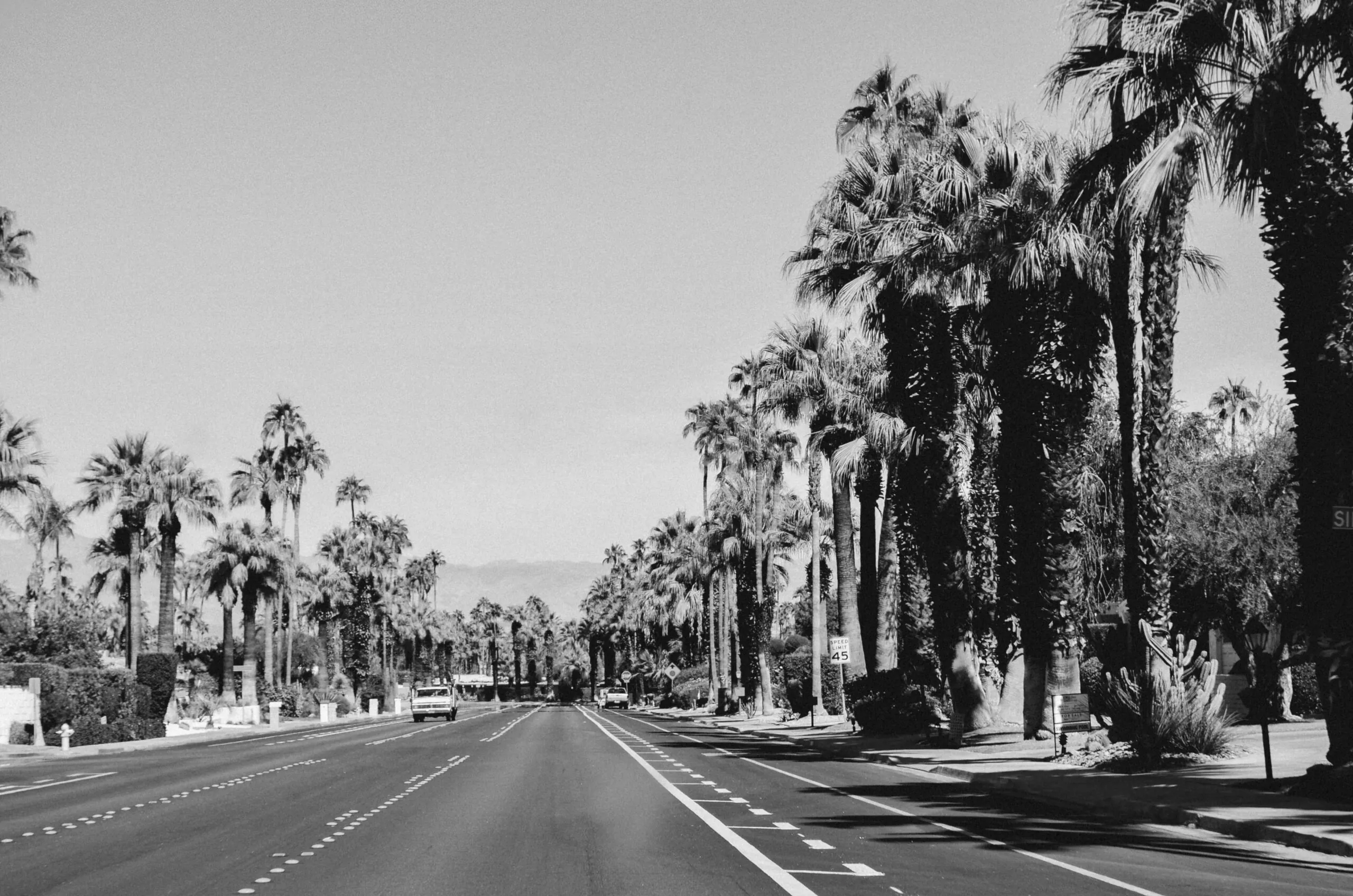The Worst Times to Drive
Driving brings independence. It allows you to feel free and in control. You can go from one place to another whenever you want. But driving can also be a dangerous activity that may result in injuries – and even fatalities – if drivers aren’t cautious.
How can you be a cautious driver? We know there are certain driving behaviors that can increase the likelihood of a car accident such as drinking and driving, distracted driving, speeding, not following the rules of the road, and many others.
But did you know that when you drive can also increase the likelihood of a crash?
Below we’re going to look at the most dangerous and worst times to drive or be on the road depending on which demographic you fall into.
When Teen Drivers Should Stay Off the Roads
Motor vehicle crashes are the number one cause of death for adolescents in the United States. With that in mind, here are some important things to consider regarding teens and car accidents:
October is the most dangerous month for teen car accidents. Compared to other months, October tends to experience a 15 percent increase in accidents. Why October? Most likely because school is in full swing and homecoming events are taking place.
When teens drive at night, fatal crash rates are nearly twice as high. Poor vision and lack of experience can help contribute to nighttime crashes. Over half of teen car crashes happen between 9 p.m. and midnight. Even though teens don’t drive as much during these hours, the crash rate for those that do is high.
How can these crashes be reduced? It’s pretty simple: limit night driving for teens. States with nighttime driving restrictions have reported a 60 percent decrease in crashes. The good news for parents is that Florida is one of the states with night restrictions for teen drivers:
- 15-year-olds can only drive in daylight in the first three months of having a license; after that they can drive until 10 p.m.
- 16-year-olds can drive from 6 a.m. to 11 p.m.
- 17-year-olds can drive from 5 a.m. to 1 a.m.
- There are no restrictions once someone turns 18
Bad Times to Drive for Other Drivers
Driving at night is dangerous for teens, but it’s also dangerous for other drivers as well. At night, drivers are more likely to be tired, which can affect their reaction time. Additionally, if a driver is going to drink and drive, he or she would most likely be doing it at night.
Holidays are some of the worst times to be on the road. Not only are there more people traveling to and from different places in their cars in general, but alcohol often also plays a part in holiday celebrations, which could result in a DUI accident. The most dangerous holidays for driving are:
- Memorial Day weekend
- Black Friday
- New Year’s Eve and Day
- The Fourth of July
- Thanksgiving
- Christmas
- Patrick’s Day
You know what other days are dangerous for drivers? Football game days and Friday the 13th.
Fridays in general also tend to have the highest number of crashes resulting in injuries, property damage, and fatalities. Any guesses why Friday might have the most crashes? With the work week ending, drivers may be a little excited to get started on their weekend and forget about cautious driving.
Oddly, Wednesday is next day with the highest number of crashes, followed by the rest of the weekdays. Surprisingly, Saturday and Sunday have the lowest number of crashes, but this is most likely due to the fact that with people not going to work, there are simply less drivers on the road overall.
About the Author:
A partner at Lawlor, White & Murphey and a distinguished personal injury lawyer, Ben Murphey tries complex disputes that include civil appeals, maritime and admiralty claims, wrongful death, and labor disputes. Mr. Murphey has been recognized for his excellence in the area of personal injury litigation by being rewarded with a 10/10 Avvo Rating and named a Super Lawyers “Rising Star” for the last four consecutive years (2011-2014). Mr. Murphey regularly tries cases in state and federal courts around the country, being admitted to practice before all Florida courts and the United States Court of Appeals for the 11th Circuit.
